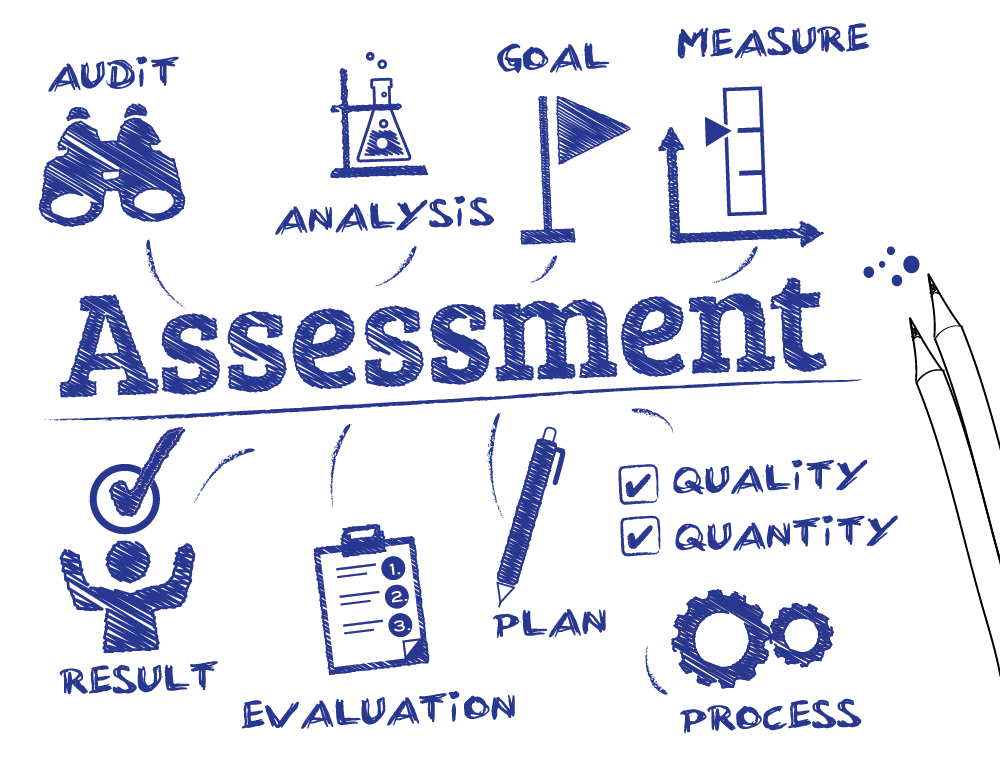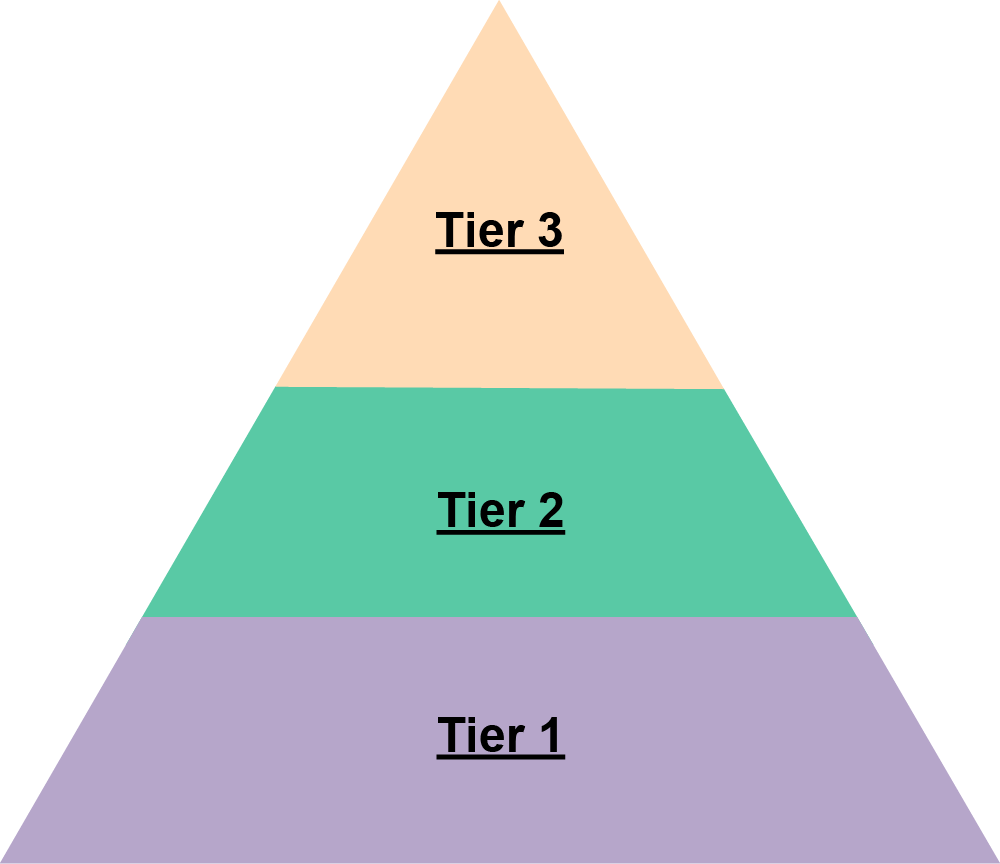What Is a Multi-Tiered System of Support (MTSS)?
MTSS is a framework educators can use to help provide academic support to their students. The main factors used in MTSS are the following:
-
Universal screening of students at the beginning of the year
-
Tiers of intervention that can be adjusted to respond to the level of each student’s needs.
-
Continuous data collection throughout the year to monitor student progress
-
Parent involvement
Below is a model showing the 3-tiered system of support used in MTSS:

Trinangle with three horizontal layers. Bottom layer is tier 1 and says The Primary Tier consists of the majority of students. This is the tier where core instruction takes place. Middle layer says tier 2 The Secondary Tier is where small group instruction takes place to help target students in need of extra assistance that cannot be done in Tier 1. Top level says Tier 3 The Tertiary Tier is where more targeted, individual, one-on-one intervention takes place.




